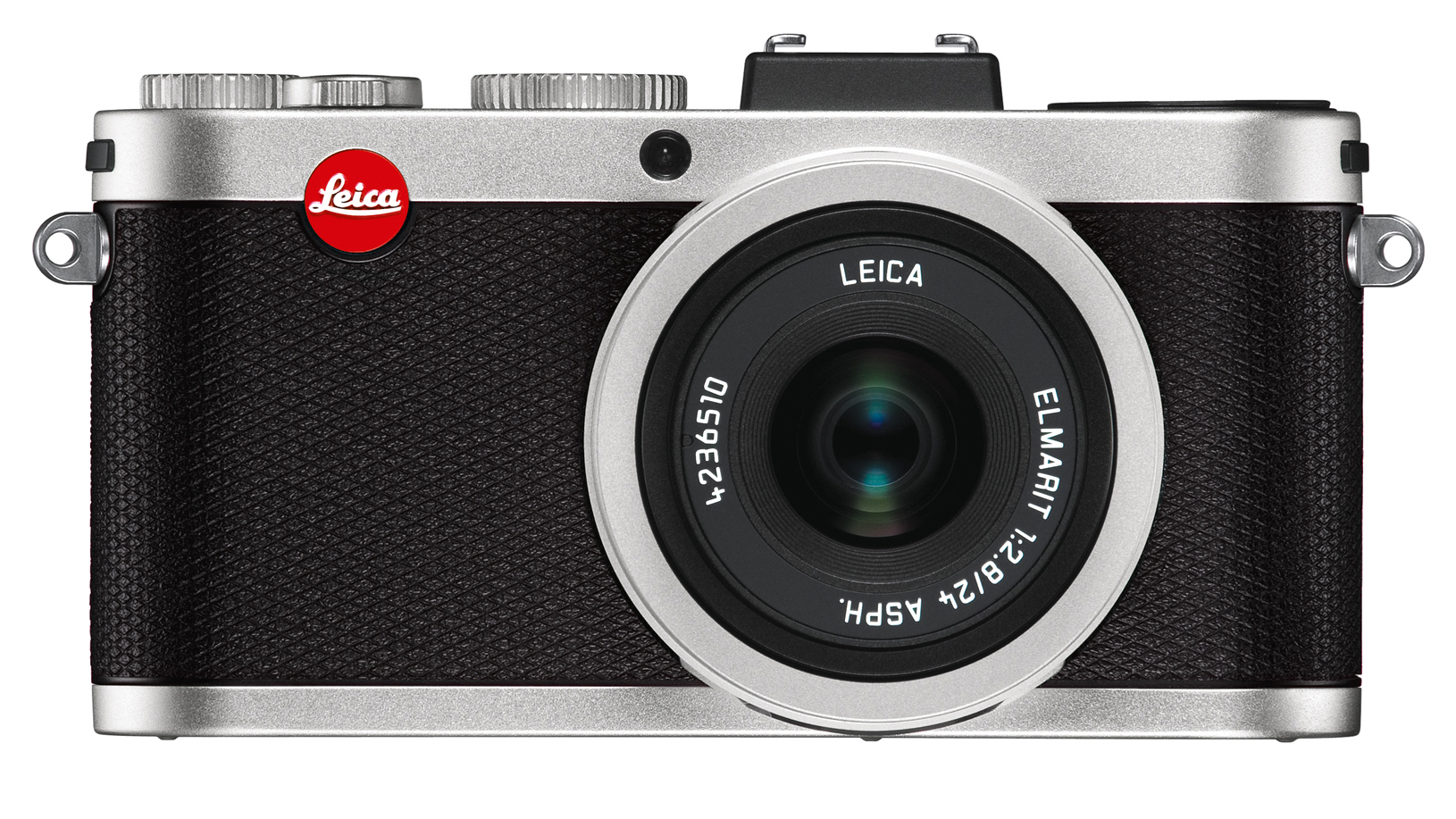Why you can trust TechRadar
While Leica has yet to announce a compact system camera (CSC), it is one of the few companies to offer a compact camera with an APS-C format sensor. Its first model, the Leica X1, has now been replaced by the Leica X2.
The major changes that the Leica X2 brings are the upgrade from a 12.2 million effective pixel CMOS sensor to a 16 million effective pixel device. This is a considerable jump, so it will be interesting to see whether it has much impact upon the camera's ability to resolve detail and the level of noise present in images.
Like the Leica X1, the Leica X2 has a fixed Leica Elmarit 24mm f/2.8 ASPH lens. This proved to be of high quality on the Leica X1, being sharp into the edges of the frame. Will it be compromised by the increase in pixel count? Or perhaps the higher count will enable the Leica X2 to exploit the lens's resolving power.
Sticking with the same lens as the Leica X1 means the closest focusing distance is still a rather disappointing 30cm.
While we loved the image quality produced from the Leica X1's raw files, we found that the JPEG image quality could be disappointing and the autofocus system was slow and hesitant.
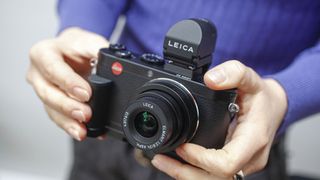
Although we aren't yet able to comment on the final sample quality of the image files from the Leica X2, we were happy to discover that a pre-production sample was able to focus quicker than the Leica X1. Naturally, we will test this with a full production sample when one becomes available, but the early signs are good.
Screen
The Leica X1 was announced back in September 2009, and even then the 230,000 dots resolution of its LCD screen was disappointing. Strangely Leica has stuck with the same 2.7-inch screen for the Leica X2. This seems out of step with the Leica X2's price tag of £1,575 in the UK and $1,995 in the US.
We will need to test the Leica X2 outside to see whether Leica has improved the screen's reflection control. We found that the Leica X1's screen is quite hard to see in bright outdoor light, so we are hoping for an improvement, but suspect that the X2's screen will be exactly the same.
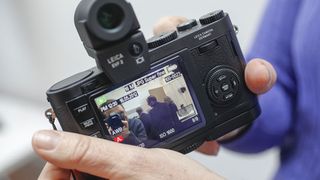
Another disappointment with the Leica X2's screen is that its image isn't detailed enough to enable accurate manual focusing. The focus can be adjusted over quite a wide range, but the on-screen image doesn't get appreciably sharper or softer even with the magnified view enabled, making it impossible to identify to the point of critical sharpness.
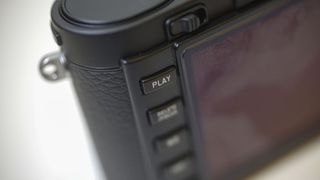
Fortunately the Leica X2 has a feature that the Leica X1 lacks: a port to attach an optional external electronic viewfinder, the EVF 2, which is set to retail for £360 in the UK or $575 in the US.
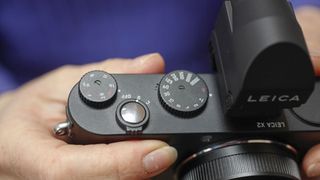
This 1.4MP resolution 'Electronic Viso-Flex Viewfinder' appears to be practically identical to the Olympus VF-2 viewfinder, which can be bought for less than £170/$250. It will be interesting to see whether the Olympus EVF is compatible with the Leica X2.
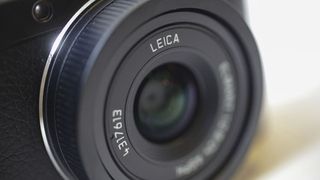
We found the Leica EVF 2 provides a good, clear view, that while not quite in the same league as the EVF in the Sony NEX-7, could be a very useful extra when using the Leica X2 outside in bright light.

Early verdict
As you might expect at the price, the Leica X2 looks and feels like a lovely piece of kit. The faster autofocusing means it is more responsive and suited for use out and about.
If Leica has managed to maintain, if not better, the image quality standard of the Leica X1, then it could be a very rewarding purchase.
It is, however, surprising that a prestigious brand such as Leica uses such a low quality LCD screen in its premier compact camera. The Leica X1 was approved for use by Getty Images, so it was a useful option for professional stock photographers. These photographers are used to using high quality kit and they will notice the drop in the quality of the screen between their normal DSLR and the Leica X2.
What is a hands on review?
Hands on reviews' are a journalist's first impressions of a piece of kit based on spending some time with it. It may be just a few moments, or a few hours. The important thing is we have been able to play with it ourselves and can give you some sense of what it's like to use, even if it's only an embryonic view. For more information, see TechRadar's Reviews Guarantee.
